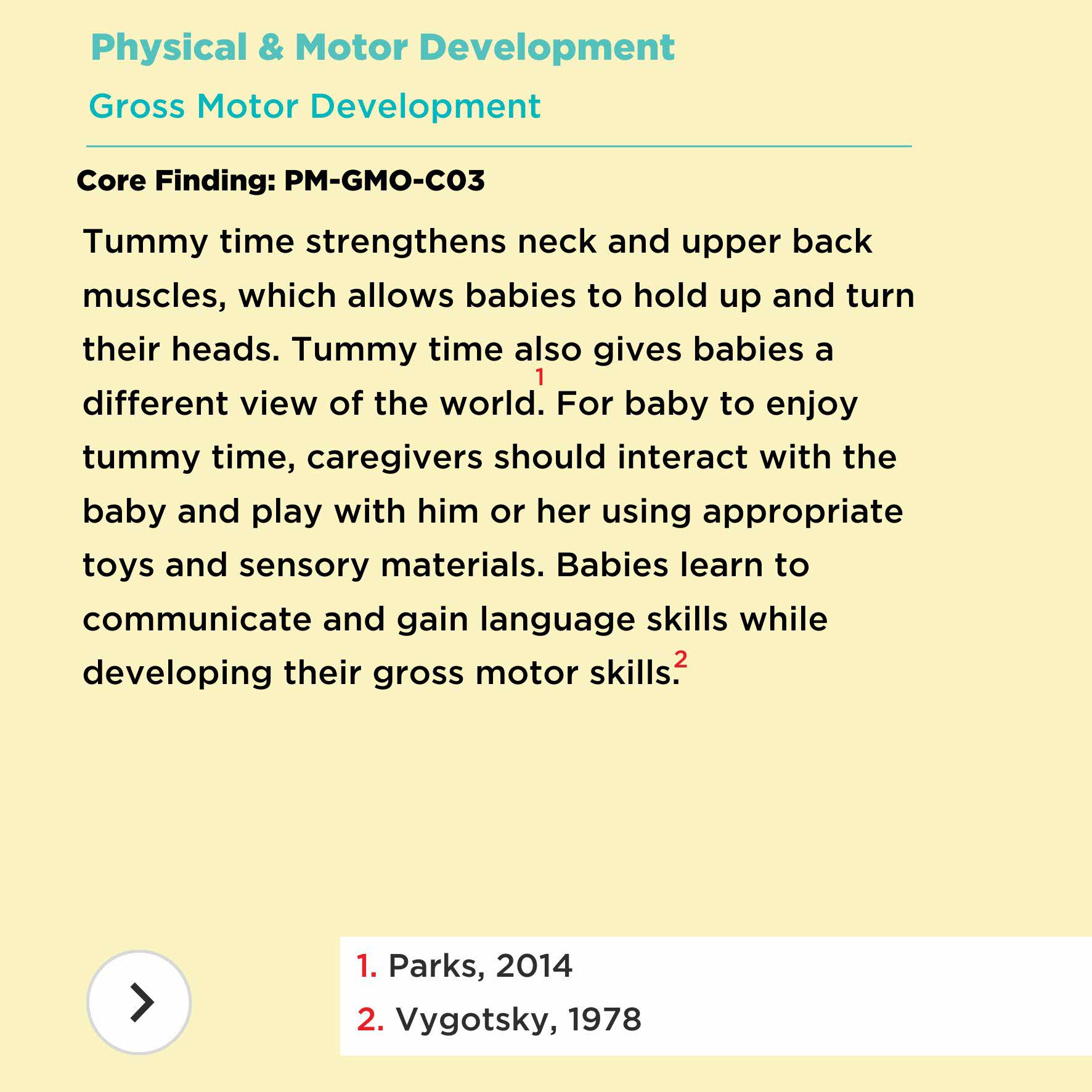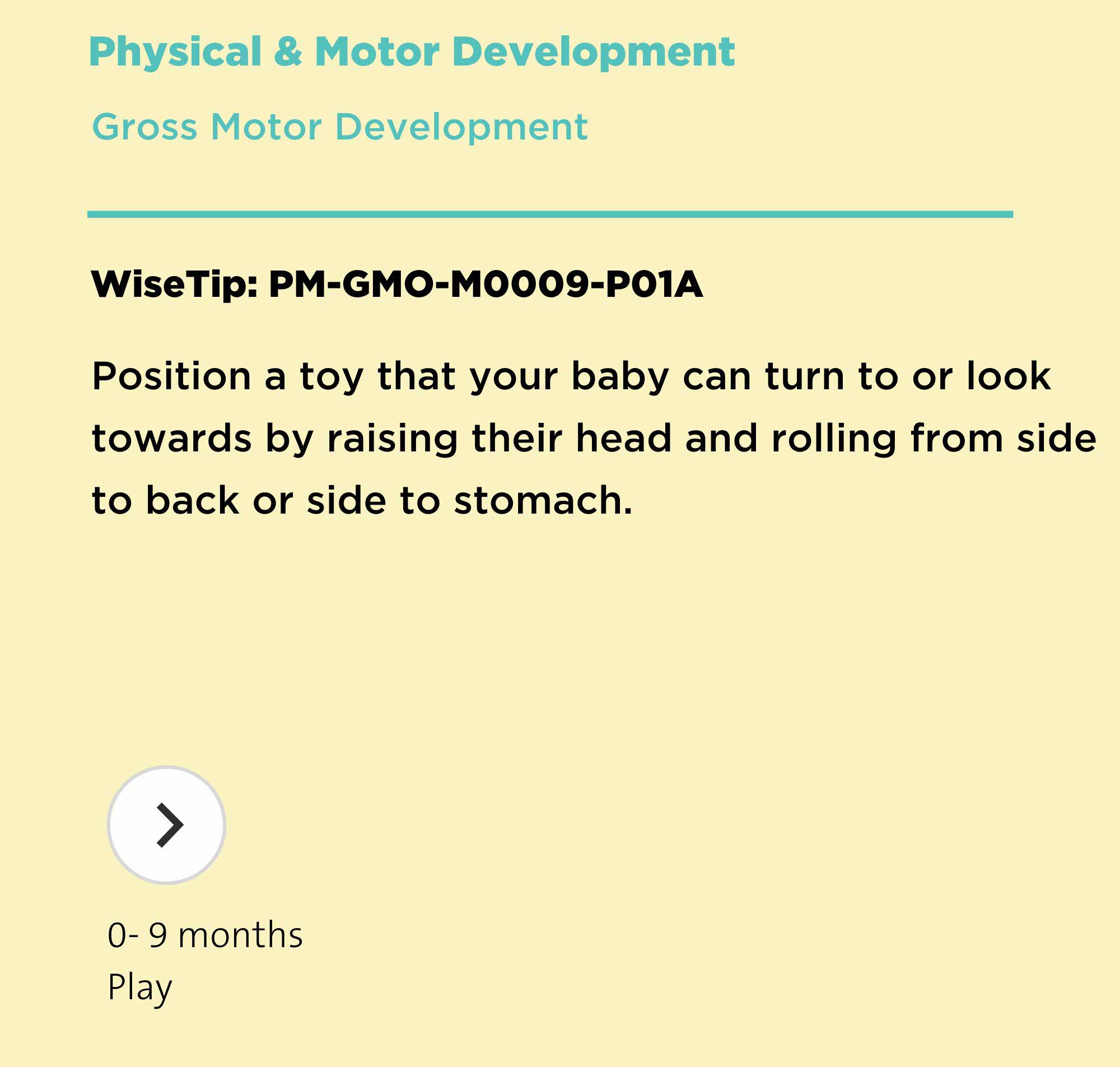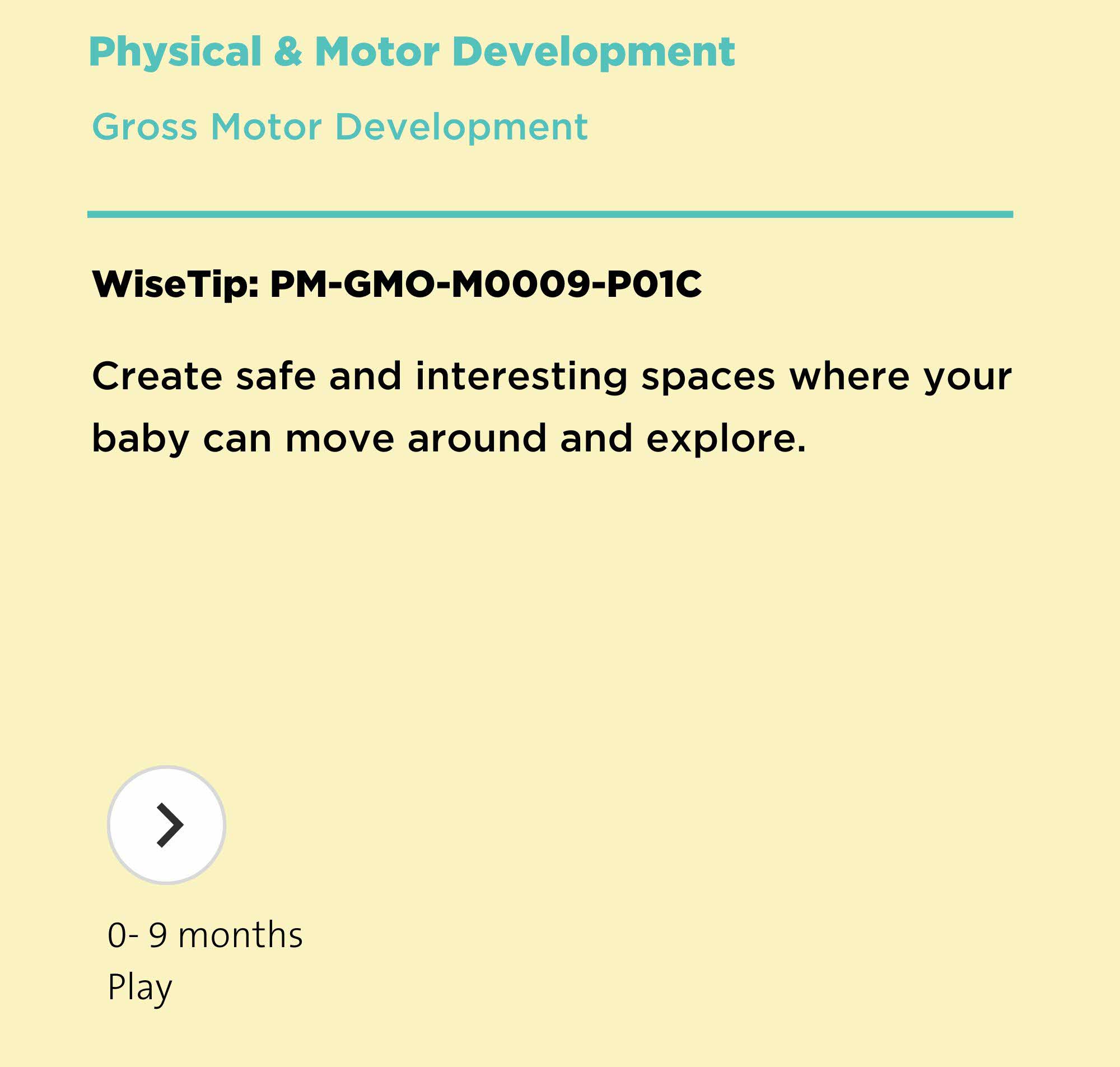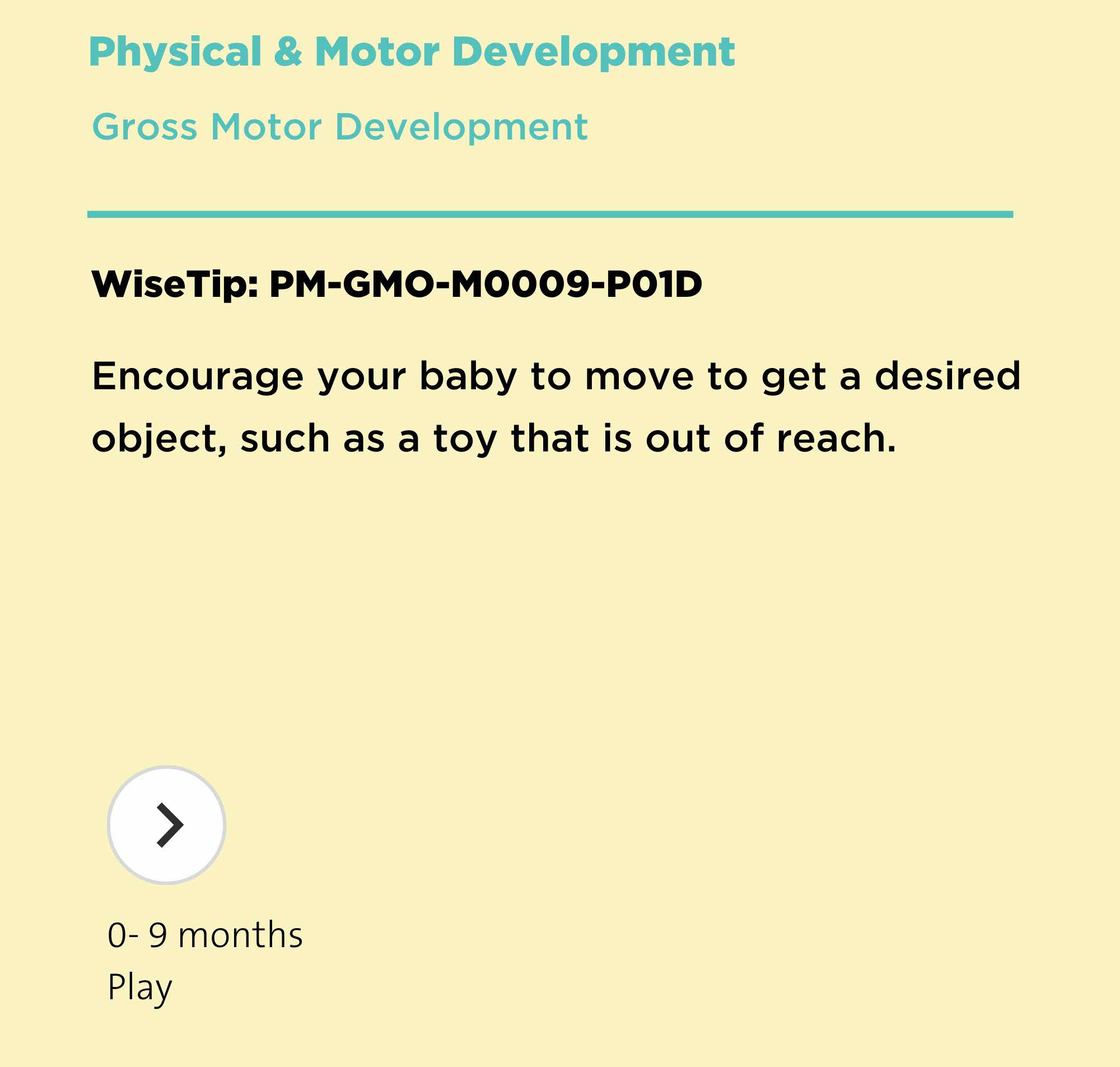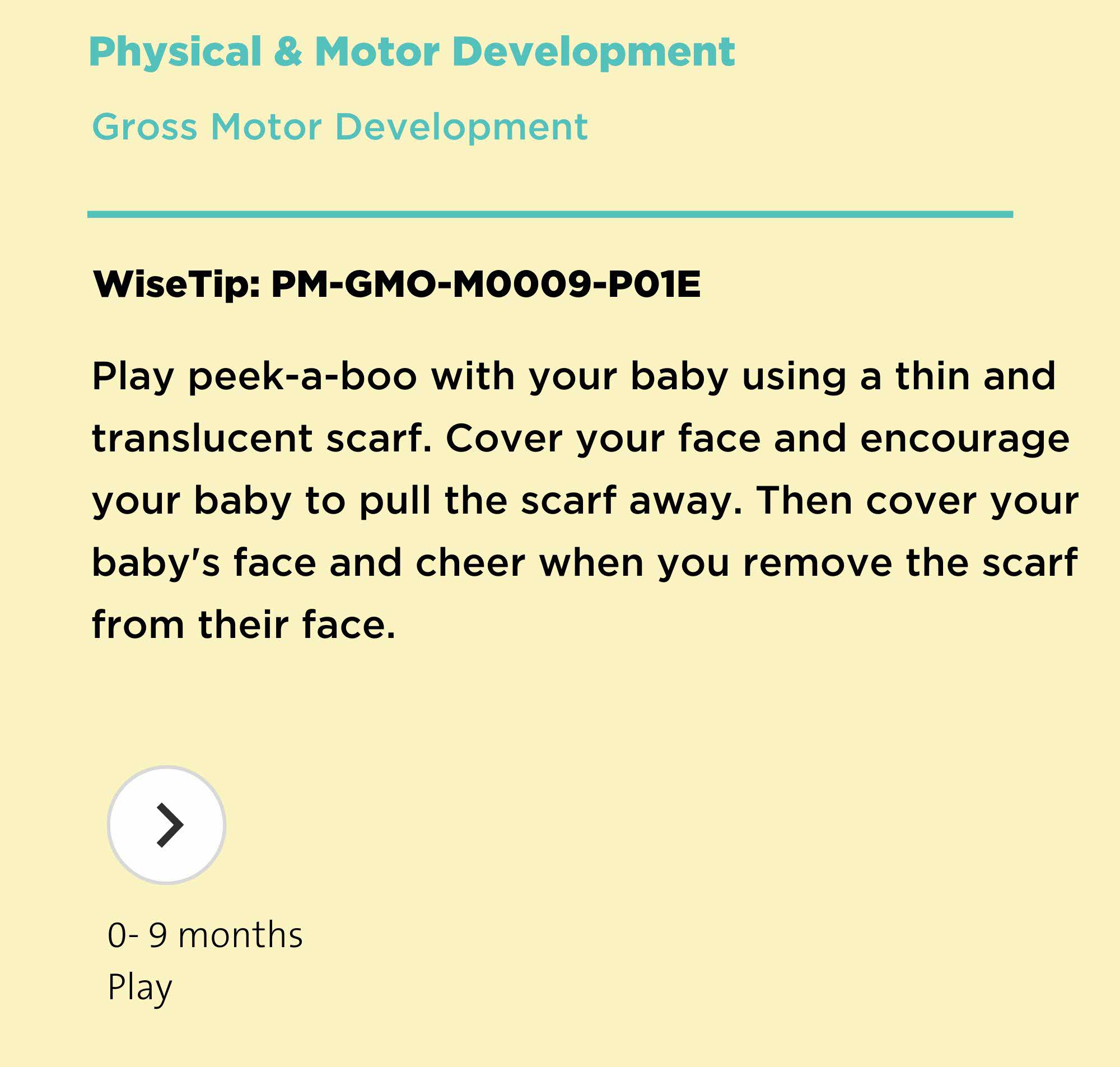Photos taken in collaboration with Ang Wei Ming
A toddler crawling toward his favorite stuffed toy, a little girl climbing the jungle gym, a group of friends playing catch in the playground – there is no doubt that physical play is one of the most memorable aspects of childhood.
Active play is not merely for fun or to burn off our children’s excess energy. It is critical for their physical development and nurturing of gross and fine motor skills.
Gross motor are physical skills that require whole body movement, which include the large muscles necessary to perform everyday functions such as standing, walking, running, and sitting upright.
Eye-hand coordination skills, such as throwing, catching and kicking also fall under the category of gross motor skills. These skills are crucial for everyday self-care, like getting oneself dressed, and affect other daily functions.
For example, a child’s ability to sit upright (upper body support) will affect their ability to develop fine motor skills such as writing, drawing and cutting, and ultimately, impacts their ability to learn.
Throughout their childhood, children will use motor skills to play and interact with the environment.
Young infants begin with a visual exploration of their environment and play space when lying on their backs. For a start, they will turn and lift their heads to look at the things around them.
As their mobility increases, they will be able to physically interact with things in the environment by swatting, grasping, and finally, manipulating toys.
Eventually, the baby progresses from rolling and sitting with support to crawling and walking. Soon, you'll have a little toddler who runs everywhere and knows how to climb over, under, around and in between objects.
START WITH TUMMY TIME
The best way to kick-start your baby’s gross motor skills development is with tummy time.
This activity strengthens the baby's back, neck, shoulders and core muscles that they need to roll, crawl and walk. Even very young infants can do tummy time when you place them on your chest in a semi-reclined position.
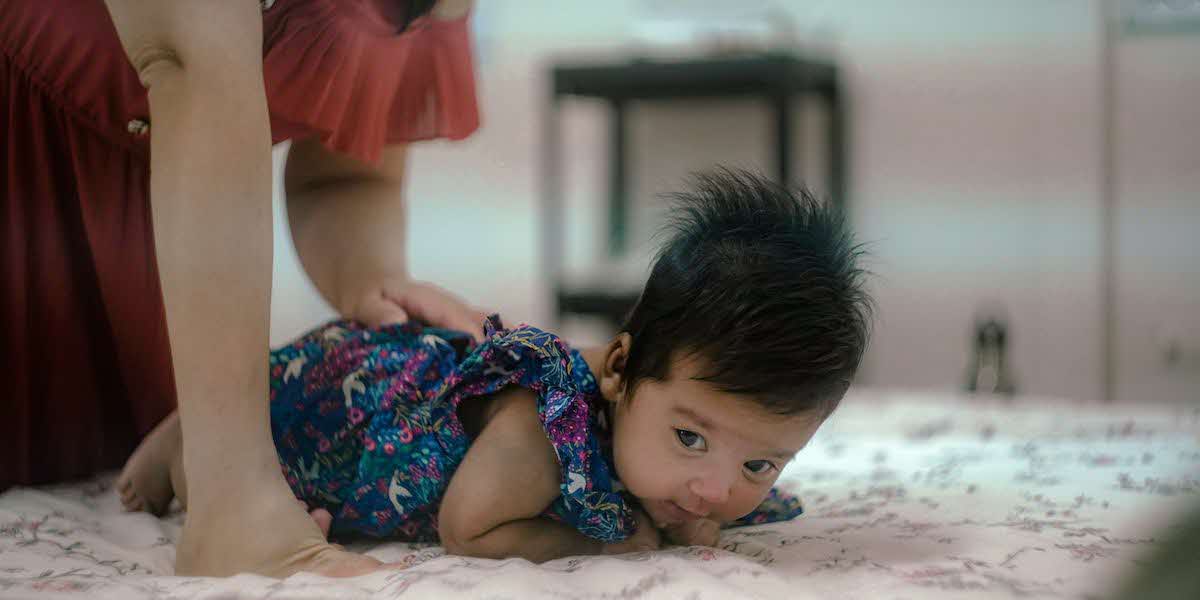
Once a baby has developed enough strength to lift their head, they can be placed on their tummy on a flat surface. Start with short sessions and gradually increase the time as they grow.
Your baby may express frustration at first, so place colourful toys, a mirror or even yourself in front of your baby to make this time more enjoyable.
ENCOURAGE MOVEMENT TO TRAIN MOBILITY
Once your baby can roll over, place a toy in positions where they can turn or raise their heads towards or roll from side-to-back or side-to-stomach. When they can sit, prop the baby up with pillows so they can sit with support and hold or explore objects.
Encourage your baby to move to get what they want. Play the game of “Swat it, grab it, hold it” with a colourful toy that gives out sound or music. During feeding time, hold their milk bottle in the air above their feet so they have to reach for it.
Here's a list of tips you can try:
WHY IT MATTERS
A baby’s observation of others’ actions activates corresponding motor representations that develop their motor experience. (Boyer & Bertenthal, 2015)
Babies often see something they would like to touch and hold but are thwarted by unrefined muscles in the arms and hands. Expect the newborn to swipe and swat – grasping what they see happens only accidentally. With more practice, the baby will be able to grab and hold on to an object. (Parks, 2014)
Babies at this stage become aware that an object can exist even when they cannot see it. This awareness is referred to as object permanence. It explains a younger infant’s delight and surprise in playing peek-a-boo. (Parks, 2014)
As babies’ brains and nervous systems continue to develop, babies begin to coordinate, combine, and integrate sensory input in what researchers call intermodal perception.
Voluntary movements gradually replace reflexes, and coupled with increasing muscle strength and sensory perception capacity, a baby’s hard-wired need to explore and learn is ready to be satisfied. (Parks, 2014)
As your baby grasps more and more new motor skills, keep encouraging them to move and explore the world around them. You are their best cheerleader, and with your encouragement, their physical development will grow by leaps and bounds.
